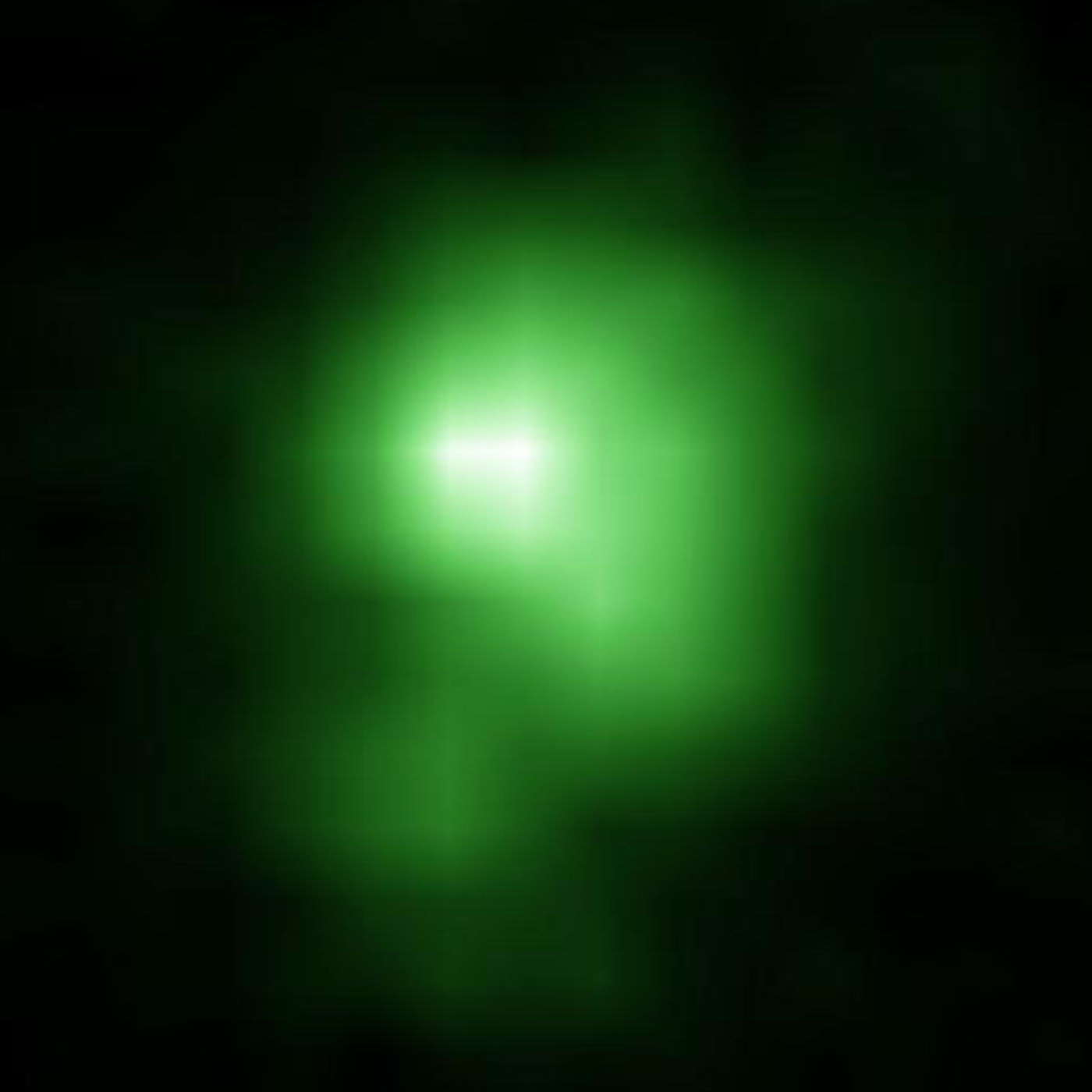Green peas
Discovering a new type of galaxy is possible for amateurs?!?

There is a kind of small, compact galaxy in which many stars are forming. They are one tenth of the size of our own Milky Way Galaxy, and one hundred times more compact. They are called green pea galaxies.
Here is the story of their discovery.
The Sloan Digital Sky Survey, or SDSS imaged tens of millions of galaxies with a telescope located in New Mexico. It was the biggest galactic survey ever. The scientists working on this project wanted to classify all of these galaxies: for each galaxy, they wanted to know if it was a spiral galaxy, an elliptical galaxy or an irregular galaxy. But there were so many galaxies to sort, the scientists working for the SDSS would never have managed on their own. Instead, they created a citizen science website called Galaxy Zoo.
On Galaxy Zoo, anyone can look at images of galaxies from the SDSS and say what kind of galaxy they are looking at. And there also is a forum where you can chat with other participants, or even ask SDSS scientists questions.
Thousands of volunteers took part in this project. Some people tagged one or two galaxies. Others looked at hundreds of galaxies. And a small community started to form around Galaxy Zoo.
Just a few days after Galaxy Zoo went live, a volunteer noticed two galaxies that were small, fuzzy, and most importantly, green. He wrote a message in the Galaxy Zoo forum, to ask what these “green peas” were. Shortly after, other volunteers started posting their own screenshots of green pea galaxies.
In the following months, it became obvious that green pea galaxies were a whole new type of galaxy, and SDSS scientists took a closer look at them. They aren’t actually green, though. They just look that way because of the artificial colors that were chosen to show the SDSS images.
Since 2007 and the discovery of green pea galaxies, tens of articles have been published on their subject in scientific journals. These galaxies might be key in understanding how galaxies formed in the early Universe.
Without the help of the general public, the astronomers would not have had the ressources necessary to look at so many galaxies. Perhaps they would have looked at 10,000 galaxies? But green peas are so rare they wouldn’t have seen more that one or two of them, which might not be enough to realize that they are a category of galaxies of their own.
Goes to show that collaborations between researchers and the general public can give neat results.

